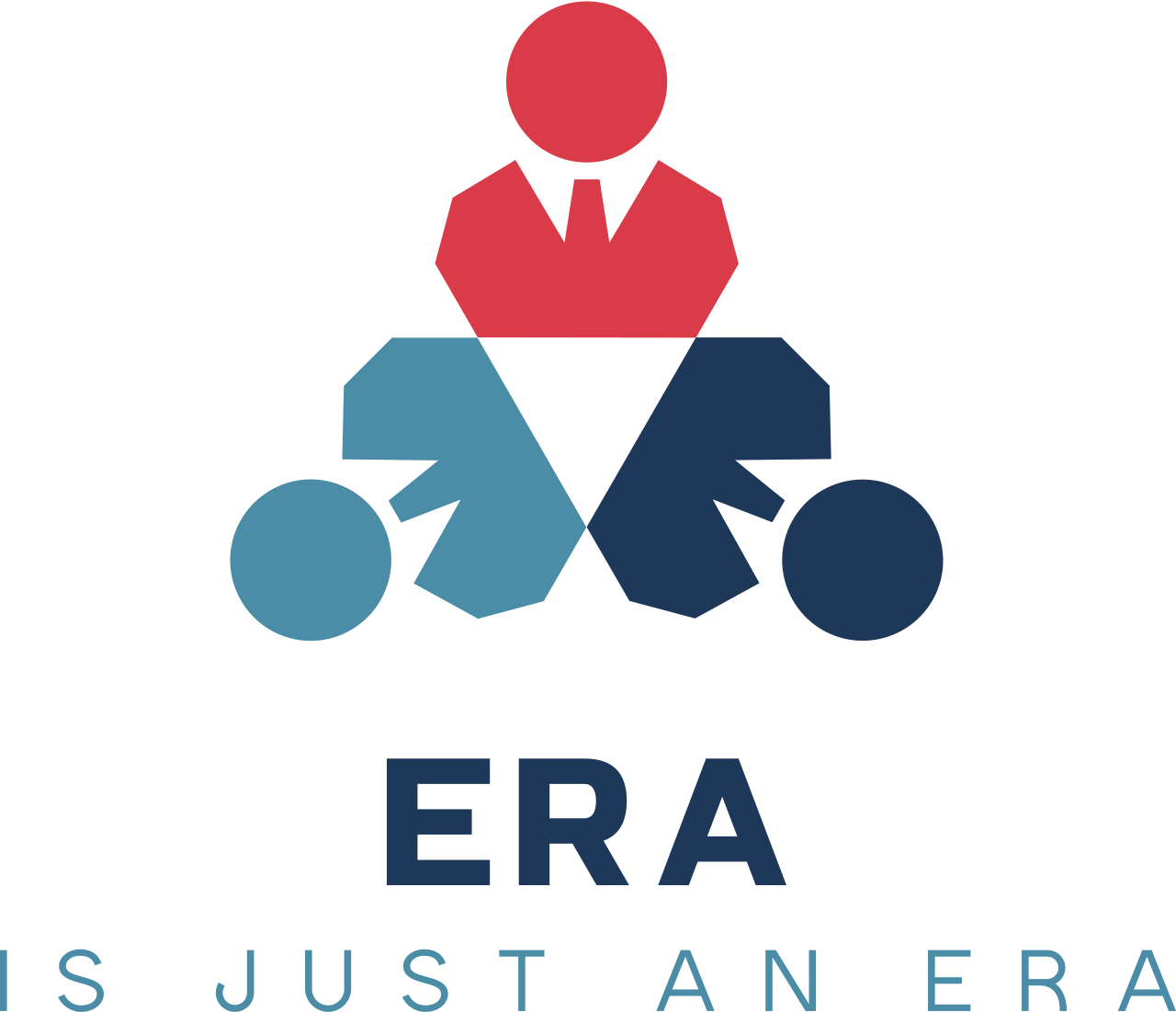Innovative Adaptations in the Modern Workplace
How does the return-to-office policy disproportionately affect vulnerable groups of federal employees, such as those with disabilities, and what targeted accommodations could be implemented to promote a more equitable work environment?
In today’s evolving work environment, organizations are exploring breakthrough strategies to adapt to the diverse needs of their workforce. One emerging trend is the transformation of traditional job roles through creative accommodations that not only address physical concerns but also enhance employee well-being. Modern companies are rethinking workplace design by integrating ergonomic modifications, assistive technologies, and even teleworking options, demonstrating that a proactive approach to employee needs can drive productivity.Organizations are increasingly implementing flexible work schedules, periodic rest breaks, and redesigned workspaces. These changes aim to ease the physical and psychosocial pressures on workers while preserving overall productivity. Rather than relying solely on reducing work demands permanently, many companies experiment with temporary adjustments that allow employees to maintain their income and status without compromising on efficiency. This modern method of re-allocating tasks and responsibilities represents a significant leap toward sustainable work practices.Moreover, innovative communication channels between occupational health professionals and management have been introduced to support these adaptive measures. By fostering a dialogue that bridges the gap between medical recommendations and operational realities, businesses are now better positioned to tailor accommodations to individual needs. This dynamic collaboration emphasizes that effective adjustments not only address immediate health or capacity issues but also bolster overall job satisfaction and long-term career development.However, the journey towards innovative accommodation is not without challenges. Some strategies, if perceived as diminishing an employee’s role or failing to match the individual’s capabilities, can lead to unintended consequences such as reduced morale. Nonetheless, the continued refinement of these practices demonstrates a commitment to learning and adaptation in managing workforce transitions, especially for aging employees.In summary, the integration of flexible scheduling, enhanced work environment designs, and collaborative health-management approaches showcases the innovative spirit driving today’s workplace transformations. These adaptive techniques underline the potential for innovation to create balanced, productive, and sustainable work settings that benefit both employees and employers alike.
